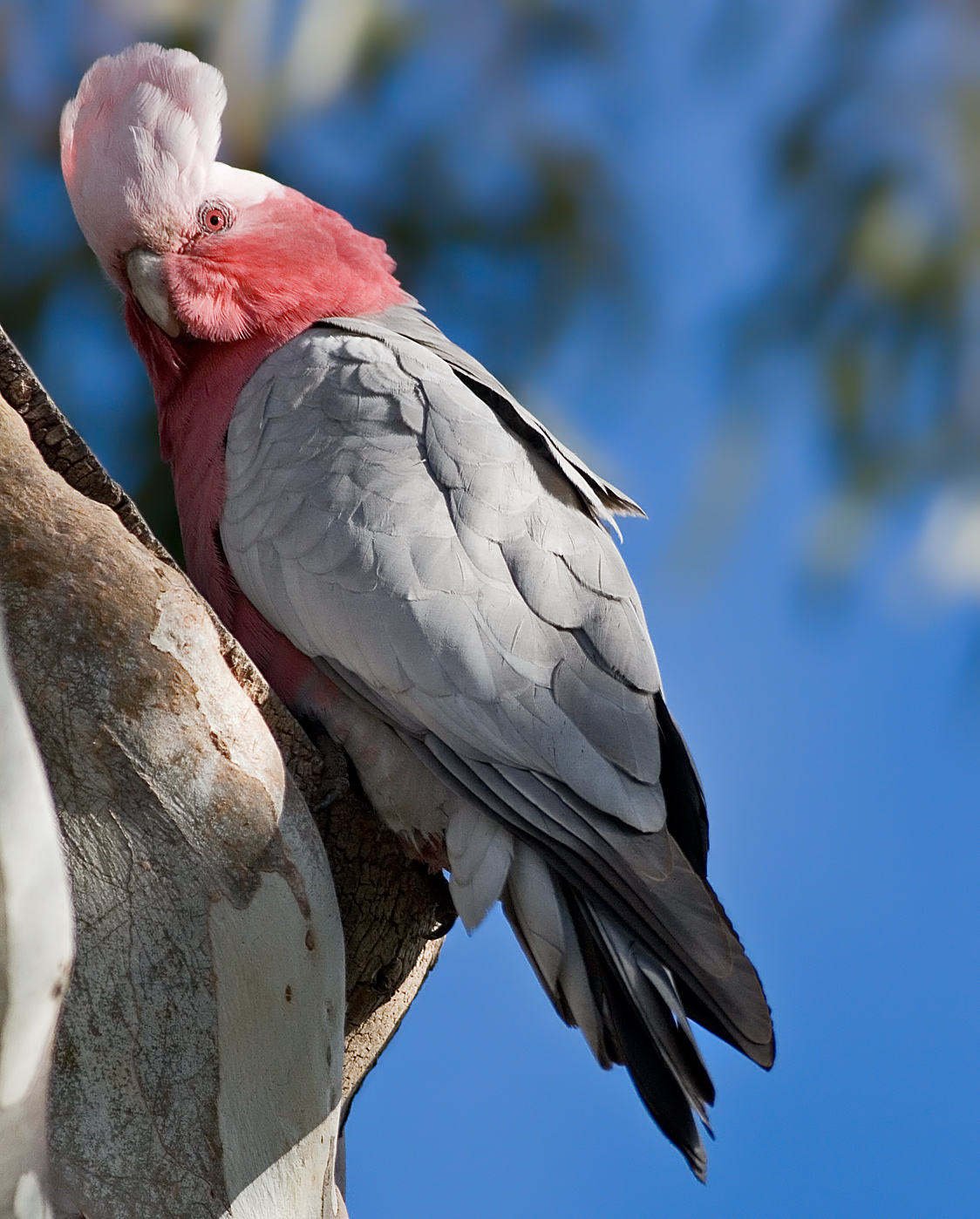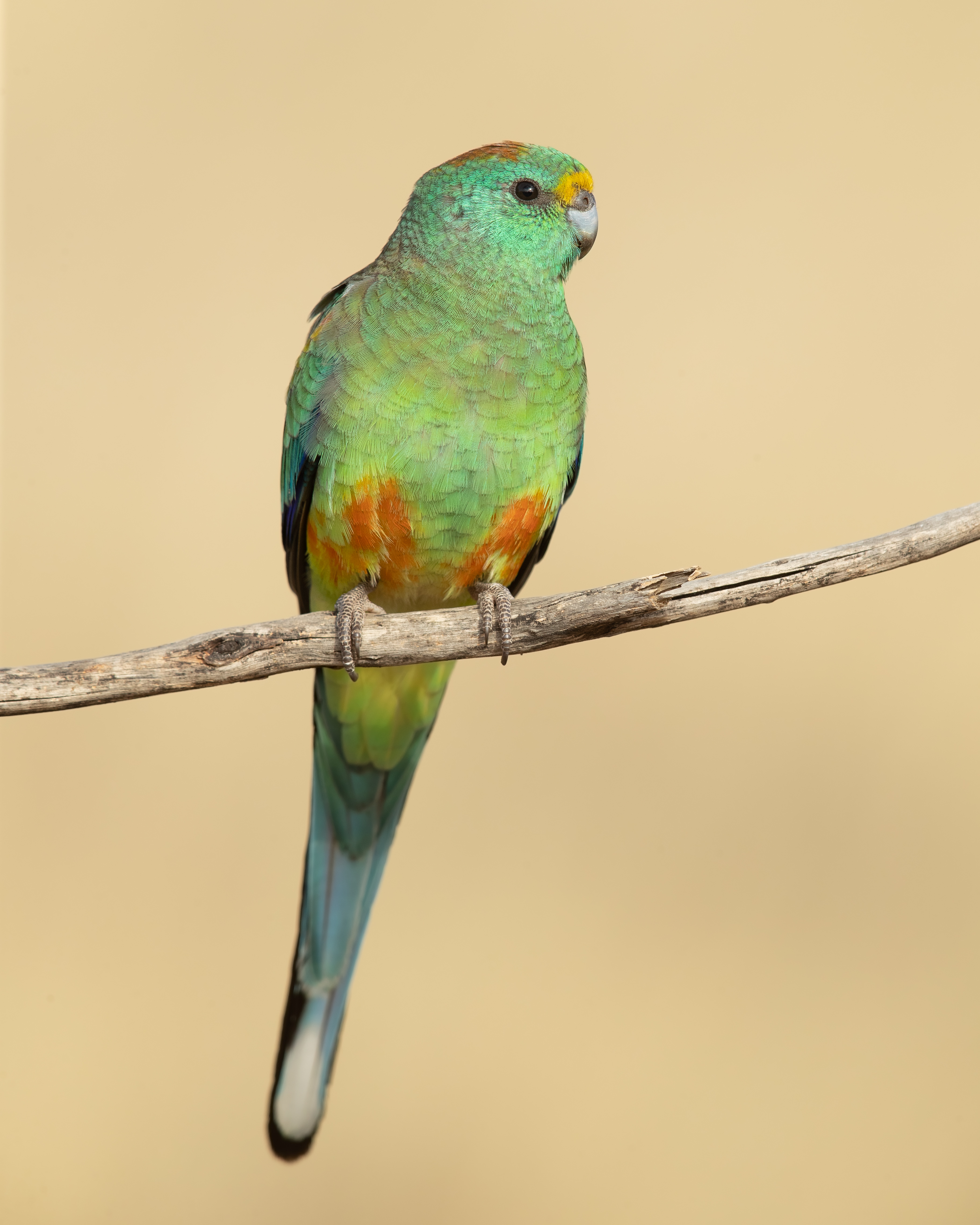|
Yorkrakine Rock
Yorkrakine Rock is a granite rock formation located approximately north of Tammin and south east of Dowerin in the eastern Wheatbelt region of Western Australia. It makes up part of the Yorkrakine Rock Nature Reserve and is located on the Tammin Wyalkatchem Road. It is about south of the old Yorkrakine townsite. The reserve has access roads and parking as well as toilets and picnic tables, but camping is not permitted. The rock is in height and occupies an area of . The base of the rock, the outcrop's apron, is good habitat for flora and fauna and is surrounded by York gum (yandee, ''Eucalyptus loxophleba'') and jam (mangart, ''Acacia acuminata'') woodlands. The reserve and most of the Wheatbelt are situated on the granites and granitic gneisses of the Yilgarn Block of the Precambrian Shield. The traditional owners are the Noongar peoples. The area was used by Noongar women as a birthing site. Many children, and possibly women, who didn't survive labour have been burie ... [...More Info...] [...Related Items...] OR: [Wikipedia] [Google] [Baidu] |
Granite
Granite () is a coarse-grained (phaneritic) intrusive igneous rock composed mostly of quartz, alkali feldspar, and plagioclase. It forms from magma with a high content of silica and alkali metal oxides that slowly cools and solidifies underground. It is common in the continental crust of Earth, where it is found in igneous intrusions. These range in size from dikes only a few centimeters across to batholiths exposed over hundreds of square kilometers. Granite is typical of a larger family of ''granitic rocks'', or ''granitoids'', that are composed mostly of coarse-grained quartz and feldspars in varying proportions. These rocks are classified by the relative percentages of quartz, alkali feldspar, and plagioclase (the QAPF classification), with true granite representing granitic rocks rich in quartz and alkali feldspar. Most granitic rocks also contain mica or amphibole minerals, though a few (known as leucogranites) contain almost no dark minerals. Granite is nearly alway ... [...More Info...] [...Related Items...] OR: [Wikipedia] [Google] [Baidu] |
Aquila Audax
The wedge-tailed eagle (''Aquila audax'') is the largest bird of prey in the continent of Australia. It is also found in southern New Guinea to the north and is distributed as far south as the state of Tasmania. Adults of this species have long, broad wings, fully feathered legs, an unmistakable wedge-shaped tail, an elongated maxilla, a strong beak and powerful feet. The wedge-tailed eagle is one of 12 species of large, predominantly dark-coloured booted eagles in the genus '' Aquila'' found worldwide. Genetic research has clearly indicated that the wedge-tailed eagle is fairly closely-related to other, generally large members of the ''Aquila'' genus.Lerner, H., Christidis, L., Gamauf, A., Griffiths, C., Haring, E., Huddleston, C.J., Kabra, S., Kocum, A., Krosby, M., Kvaloy, K., Mindell, D., Rasmussen, P., Rov, N., Wadleigh, R., Wink, M. & Gjershaug, J.O. (2017). ''Phylogeny and new taxonomy of the Booted Eagles (Accipitriformes: Aquilinae)''. Zootaxa, 4216(4), 301–320. A lar ... [...More Info...] [...Related Items...] OR: [Wikipedia] [Google] [Baidu] |
Merops Ornatus
The rainbow bee-eater (''Merops ornatus'') is a near passerine bird in the bee-eater family Meropidae. Taxonomy The rainbow bee-eater is the only species of Meropidae found in Australia and is monotypic. Its closest relative is most likely the olive bee-eater (''Merops superciliosus'') of southern and eastern Africa, but molecular phylogenetic analysis places the rainbow bee-eater as closest relative with the European bee-eater (''M. apiaster''). It was first described by John Latham in 1801. The generic name is Ancient Greek ''merops'' which means 'bee-eater' and the specific epithet is Latin ''ornatus'' 'ornate, adorned'. Description Rainbow bee-eaters are brilliantly coloured birds that grow to be in length, including the elongated tail feathers, and weighing . The upper back and wings are green in colour, and the lower back and under-tail coverts are bright blue. The undersides of the wings and primary flight feathers are rufous to copper with green edges and tipped with ... [...More Info...] [...Related Items...] OR: [Wikipedia] [Google] [Baidu] |
Cacatua Roseicapilla
The galah (; ''Eolophus roseicapilla''), also known as the pink and grey cockatoo or rose-breasted cockatoo, is the only species within genus ''Eolophus'' of the cockatoo family. Found throughout Australia, it is among the most common of the cockatoos. With its distinctive pink and grey plumage and its bold and loud behaviour, it is a familiar sight in the wild and increasingly in urban areas. It has benefited from the change in the landscape since European colonisation, and appears to be replacing the Major Mitchell's cockatoo in parts of its range. Etymology The term galah is derived from ''gilaa'', a word from the Yuwaalaraay and neighbouring Aboriginal languages spoken in north-western New South Wales. Description The galah is about in length, and weighs . It has a pale silver to grey back, a pale grey rump, a pink face and breast, and a light pink mobile crest. It has a bone-coloured beak, and the bare skin of the eye ring is carunculated. It has grey legs. The sexes ... [...More Info...] [...Related Items...] OR: [Wikipedia] [Google] [Baidu] |
Psephotellus Varius
The mulga parrot (''Psephotellus varius'') is endemic to arid scrublands and lightly timbered grasslands in the interior of southern Australia. The male mulga parrot is multicolored, from which the older common name of many-coloured parrot is derived. Taxonomy The mulga parrot was given its current scientific name of ''Psephotellus varius'' by American zoologist Austin Hobart Clark in 1910, after its name ''Psephotus multicolor'' was ruled invalid as the original combination (''Psittacus multicolor'') had been used for another species. Gregory Mathews proposed the name ''Psephotus dulciei'' in 1911 for the same reason, unaware of Clark's proposal, which was published earlier and hence had priority. Mathews described two additional subspecies of mulga parrot in 1912: ''P. varius rosinae'', from a specimen collected from Yorke Peninsula, noting that it had less red on the abdomen and its upper breast was a darker green, and ''P. varius exsul'' from a specimen from Mount Magnet ... [...More Info...] [...Related Items...] OR: [Wikipedia] [Google] [Baidu] |
Platycercus Zonarius
The Australian ringneck (''Barnardius zonarius'') is a parrot native to Australia. Except for extreme tropical and highland areas, the species has adapted to all conditions. Treatments of genus ''Barnardius'' have previously recognised two species, the Port Lincoln parrot (''Barnardius zonarius'') and the mallee ringneck (''Barnardius barnardi''), but due to these readily interbreeding at the contact zone they are usually regarded as a single species ''B. zonarius'' with subspecific descriptions. Currently, four subspecies are recognised, each with a distinct range. In Western Australia, the ringneck competes for nesting space with the rainbow lorikeet, an introduced species. To protect the ringneck, culls of the lorikeet are sanctioned by authorities in this region. Overall, though, the ringneck is not a threatened species. Description The subspecies of the Australian ringneck differ considerably in colouration. It is a medium size species around 33 cm (11 in) l ... [...More Info...] [...Related Items...] OR: [Wikipedia] [Google] [Baidu] |
Polytelis Anthopeplus Anthopeplus
The genus ''Polytelis'' (literally translates into 'magnificent') of the family Psittaculidae consists of three species long-tailed parrot endemic to Australia. Traditionally, it was included in the Australian broad-tailed parrots (tribe Platycercini), but molecular studies place the genus within the Polytelini. A 2017 molecular study placed the regent parrot as an early offshoot to the genus ''Asprosmictus'' and not as closely related to the other two species. Taxonomy The genus has three species. ''Polytelis'' Wagler 1832 * Superb parrot or parakeet ''Polytelis swainsonii'' (Desmarest) 1826 * Regent parrot or parakeet ''Polytelis anthopeplus'' (Lear) 1831 :* ''Polytelis anthopeplus anthopeplus'' (Lear) 1831 :*''Polytelis anthopeplus monarchoides'' Schodde 1993 * Princess parrot The colourful princess parrot (''Polytelis alexandrae'') is an Australian bird of the parrot family. Its name was given in honour of Princess Alexandra of Denmark, who in 1863 married the Prince ... [...More Info...] [...Related Items...] OR: [Wikipedia] [Google] [Baidu] |
Domestic Pigeon
The domestic pigeon (''Columba livia domestica'' or ''Columba livia'' ''forma'' ''domestica'') is a pigeon subspecies that was derived from the rock dove (also called the rock pigeon). The rock pigeon is the world's oldest domesticated bird. Mesopotamian cuneiform tablets mention the domestication of pigeons more than 5,000 years ago, as do Egyptian hieroglyphics. Research suggests that domestication of pigeons occurred as early as 10,000 years ago. Pigeons have made contributions of considerable importance to humanity, especially in times of war. In war the homing ability of pigeons has been put to use by making them messengers. So-called war pigeons have carried many vital messages and some have been decorated for their services. Medals such as the Croix de Guerre, awarded to Cher Ami, and the Dickin Medal awarded to the pigeons G.I. Joe and Paddy, amongst 32 others, have been awarded to pigeons for their services in saving human lives. Despite this, city pigeons today are ... [...More Info...] [...Related Items...] OR: [Wikipedia] [Google] [Baidu] |
Streptopelia Senegalensis
The laughing dove (''Spilopelia senegalensis'') is a small pigeon that is a resident breeder in Africa, the Middle East, South Asia, and Western Australia where it has established itself in the wild after being released from Perth Zoo in 1898. This small long-tailed dove is found in dry scrub and semi-desert habitats where pairs can often be seen feeding on the ground. It is closely related to the spotted dove (''Spilopelia chinensis'') which is distinguished by a white and black chequered necklace. Other names include laughing turtle dove, palm dove and Senegal dove while in Asia the name of the little brown dove is often used. Taxonomy In 1760 the French zoologist Mathurin Jacques Brisson included a description of the laughing dove in his six volume ''Ornithologie'' based on a specimen collected in Senegal. He used the French name ''La tourterelle à gorge tachetée du Sénégal'' and the Latin ''Tutur gutture maculato senegalensis''. The two stars (**) at the start of the sec ... [...More Info...] [...Related Items...] OR: [Wikipedia] [Google] [Baidu] |
Vanellus Tricolor
The banded lapwing (''Vanellus tricolor'') is a small to medium-sized shorebird, found in small parties or large flocks on bare ground in open grasslands, agricultural land and open savannah. It is native to Australia and in the past considered as a game bird for hunting. Population estimate is 25 000 - 1 000 000. Other names include banded, black-breasted, brown flock and plain plover. Taxonomy Lapwings belong to the family Charadriidae (plovers) and sub-family Vanellinae. Biochemical evidence suggests that plovers are holophyletic, meaning that all modern plovers, and no other taxa, share the same common ancestor. It has been suggested that most plovers originated from the Southern Hemisphere and evolved under arid and semi-arid conditions. There are 25 extant species of lapwings. Africa has the most species of lapwings, while North America has none. Australia has two native species, the masked lapwing and the banded lapwing. The masked lapwing is split into ''Vanellus mile ... [...More Info...] [...Related Items...] OR: [Wikipedia] [Google] [Baidu] |
Podargus Strigoides
The tawny frogmouth (''Podargus strigoides'') is a species of frogmouth native to the Australian mainland and Tasmania and found throughout. It is a big-headed, stocky bird, often mistaken for an owl, due to its nocturnal habits and similar colouring, and sometimes, at least archaically, referred to as ''mopoke'' or ''mopawk'', a name also used for the Australian boobook, the call of which is often confused with that of the tawny frogmouth. Names Its name in reconstructed Proto-Pama–Nyungan is ''*tawa'' or ''*tawu''.Alpher, Barry. 2004. Pama-Nyungan: Phonological Reconstruction and Status as a Phylo-Genetic Group. In Claire Bowern and Harold Koch (eds.), ''Australian Languages: Classification and the Comparative Method'', 93–126, 387–574. Amsterdam: John Benjamins. Taxonomy The tawny frogmouth was first described in 1801 by the English naturalist John Latham. Its specific epithet is derived from Latin ''strix'' 'owl' and ''oides'' 'form'. Tawny frogmouths belong to the fro ... [...More Info...] [...Related Items...] OR: [Wikipedia] [Google] [Baidu] |

.jpg)





